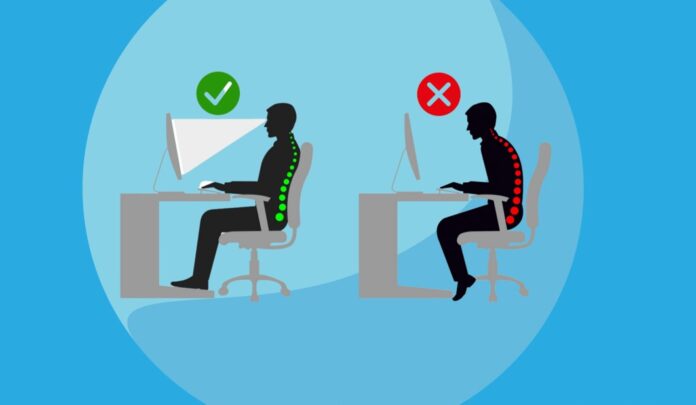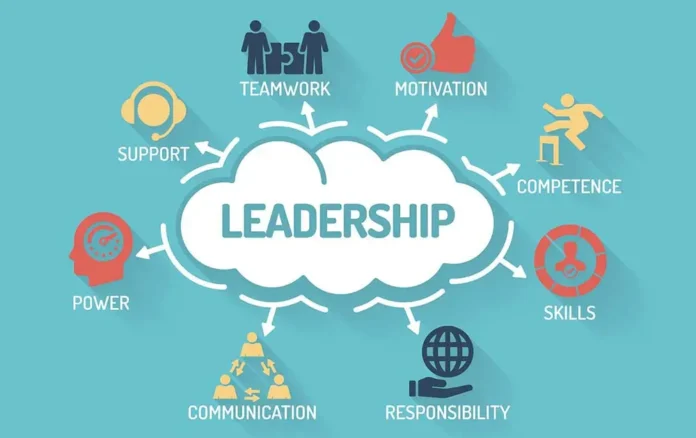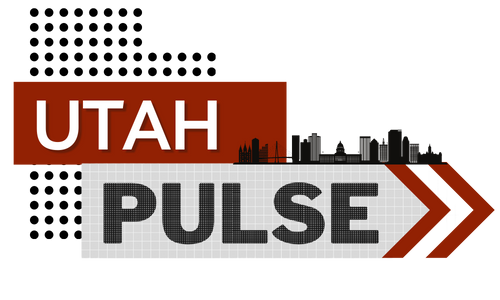
A strong work environment policy is one of the most reliable predictors of stable productivity, low turnover, and sustainable employee health.
The relationship is direct: when a company clearly defines how people work, what conditions they need, and how risks are managed, the organization reduces preventable injuries, burnout, and wasted time.
The introduction of structured guidelines, clear responsibilities, and preventive systems typically leads to measurable improvements such as fewer sick-leave days, higher engagement scores, and smoother operational flow.
In practical terms, companies with well-developed work environment strategies outperform comparable organizations that leave these areas undefined or reactive. That is the core benefit, and everything else builds from it.
The Foundation: Defining What a Strong Work Environment Policy Includes

A modern policy usually covers four large areas: physical safety, psychosocial conditions, work organization, and responsibilities. When all four areas are aligned, employees receive a predictable, stable working landscape.
Key elements often include:
- Clear risk-assessment procedures
- Defined responsibilities for managers and employees
- Ergonomic standards and equipment requirements
- Mental health and stress-management guidelines
- Procedures for reporting hazards or early warning signals
- Rules for onboarding, training, and continuous improvements
These elements form an ecosystem that prevents small issues from growing into large operational disruptions.
How Health Improves When Conditions Are Predictable

A predictable environment lowers stress hormones, reduces uncertainty, and directly influences both physical and psychological health. People who know what is expected of them—and what support systems exist—tend to maintain steadier energy levels during the week.
Long-term health benefits often include fewer musculoskeletal injuries, reduced burnout rates, and lower frequency of stress-related absences. For workplaces where manual tasks or repetitive motions are common, the policy dictates ergonomic standards that drastically reduce strain. For office settings, guidelines about workload distribution, breaks, and digital ergonomics create healthier habits.
Health Outcomes: A Comparison
| Factor | Weak Policy | Strong Policy |
| Sick-leave frequency | High and unpredictable | Lower and stable |
| Burnout indicators | Often detected too late | Identified early through structured reporting |
| Injury rates | Reactive approach | Proactive ergonomic and safety assessments |
| Mental health support | Inconsistent | Clear pathways and trained leaders |
A healthier workforce becomes a more reliable workforce. That reliability directly influences planning, scheduling, and long-term continuity.
Psychological Safety as a Productivity Engine
A strong policy also outlines how conflicts, harassment, stress, and communication issues are managed. This clarity creates psychological safety, which is one of the most crucial components for modern team productivity. Workers who feel safe raising concerns bring problems to the surface early, before they impact quality or output.
Without psychological safety, employees hide mistakes, avoid giving feedback, or mentally withdraw from their role. When the environment encourages open dialogue and sets clear boundaries for acceptable behavior, teams collaborate more naturally and solve problems faster.
Typical Signs of High Psychological Safety
- Employees speak up when something looks risky
- Feedback is part of daily work habits
- Conflicts are resolved instead of suppressed
- Individuals feel respected even when disagreeing
- Innovation increases because fear decreases
These cultural markers grow stronger when leadership follows a unified policy rather than improvising responses.
Consistency in Leadership: The Often Overlooked Factor

Many workplace issues arise not from bad intentions but from inconsistent managerial styles. A work environment policy functions as a stabilizer. It ensures that every employee, regardless of their department or supervisor, receives equal access to safety procedures, support, and expectations.
When managers have guidelines to follow, they are less likely to act based on personal preference. Instead, decisions become grounded in policy. That consistency reduces frustration and perceptions of unfairness, both of which are major contributors to stress and disengagement.
A policy also empowers leaders with tools, not just obligations. It clarifies how to intervene when workload spikes, how to document safety concerns, and how to support early rehabilitation in case of injury or mental strain. Effective leadership becomes more predictable, which employees interpret as security.
Training: The Bridge Between Policy and Daily Practice

This is where many companies struggle. A policy is useful only when people know how to apply it. Training transforms theory into habit.
In Sweden, for example, one commonly recommended approach is BAM (arbetsmiljöutbildning), a structured learning system that teaches employees and managers how to maintain and improve the work environment.
A workplace that invests in continuous learning programs, including bamutbildning, equips its teams with the practical knowledge needed to spot risks early, communicate effectively, and maintain a safety culture over time. Programs like these reinforce the idea that every worker—not just HR or leadership—contributes to a strong work environment policy.
Training builds awareness, improves shared vocabulary, and ensures that procedures are followed consistently, even as staff change or new systems are introduced.
Why Productivity Grows When the Environment Is Clear
Productivity emerges from stability. When employees work without constant health concerns, interpersonal tension, or confusion about roles, their cognitive load drops. They can focus on actual tasks rather than navigating unclear expectations.
Well-structured policies influence productivity through:
- Fewer disruptions
Sick leave, injuries, and unresolved conflicts drain time and create unpredictability. - Higher concentration
Healthy environments reduce stress, which directly increases focus and accuracy. - Better resource allocation
When managers can foresee staffing needs, they can prevent overload and fatigue. - Long-term retention
Recruiting and onboarding require massive time and cost investments. Keeping skilled workers is far more efficient.
Productivity Indicators Before and After Strong Policy Implementation
| Indicator | Before | After |
| Average output per employee | Inconsistent | Stable or increasing |
| Overtime levels | High due to reactive problem-solving | Reduced due to predictable flow |
| Error rates | Elevated | Lower, due to clear processes |
| Staff turnover | Often high | Noticeably reduced |
The numbers vary across industries, but the pattern remains constant.
How Work Environment Policies Reduce Legal and Financial Risks

A strong policy protects companies legally as well. Many organizations underestimate how costly workplace incidents can be, not only in fines or insurance but in reputation. A documented, implemented, and regularly updated policy demonstrates responsibility and reduces liability.
Structured reporting helps organizations prove that they actively monitor risks. Continuous training ensures employees know their rights and responsibilities. In case of inspections or incidents, companies with robust policies are better prepared to show documented compliance.
Financial protection emerges from:
- Lower insurance premiums
- Reduced compensation claims
- Fewer legal disputes
- Less downtime
- Stability that supports long-term planning
For growing businesses, this stability often becomes a competitive advantage.
Culture: The Ultimate Long-Term Benefit
Work environment policies eventually shape culture. Culture dictates how people speak to one another, how they negotiate workload, how they treat new employees, and how they respond under pressure. A healthy culture acts as a self-reinforcing system: employees model good behavior because they see it modeled around them.
Over time, this culture becomes the company’s identity. New employees integrate faster, communication becomes smoother, and collective standards rise. Productivity becomes a natural byproduct, not something managed aggressively.
Conclusion
A strong work environment policy protects health and productivity because it establishes stability, clarity, and fairness. It reduces preventable risks, improves mental and physical well-being, gives leaders a consistent framework, and supports employees with training that transforms guidelines into daily practice. The result is a workforce that performs with greater focus, collaborates more comfortably, and remains healthier across the year.



